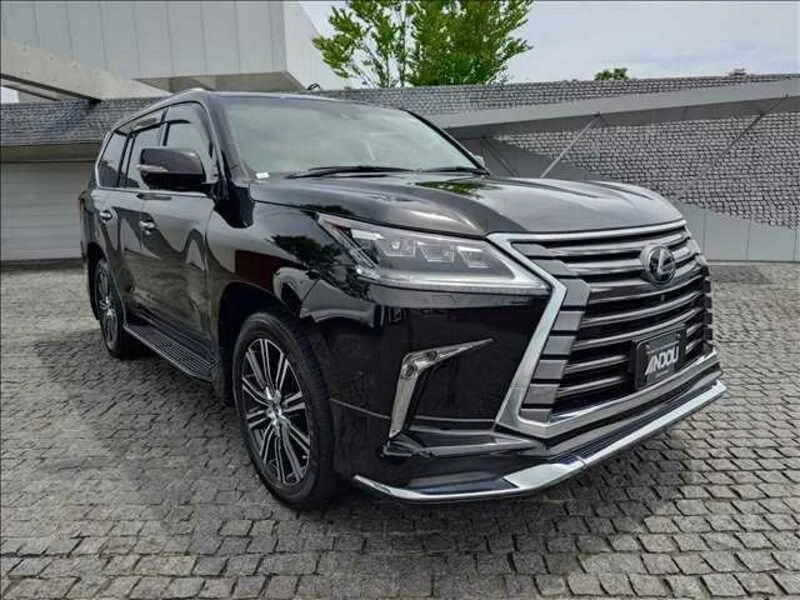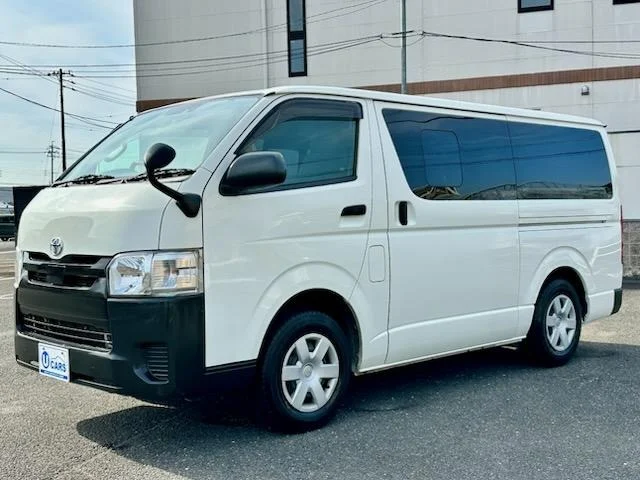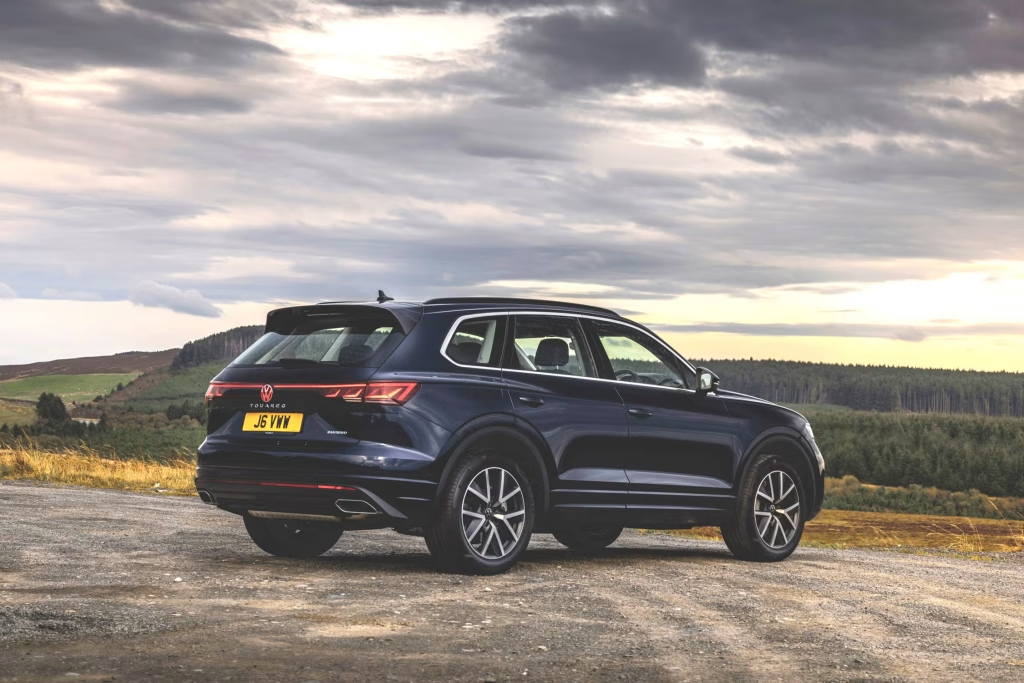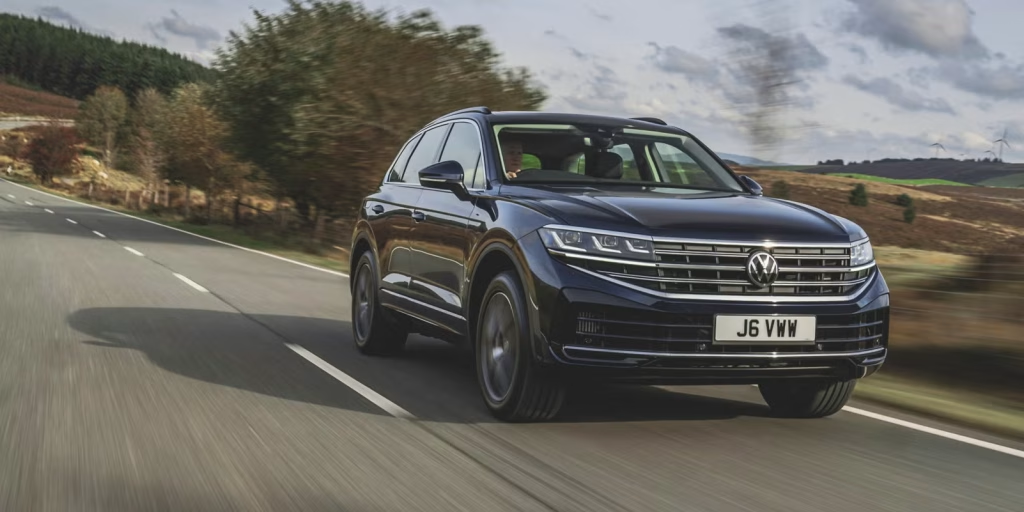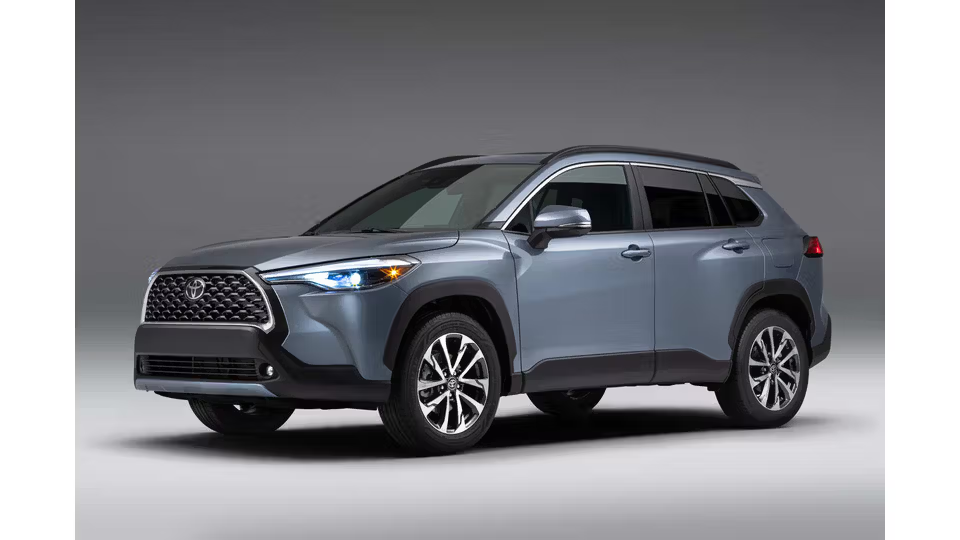Understanding the Lexus Import Process
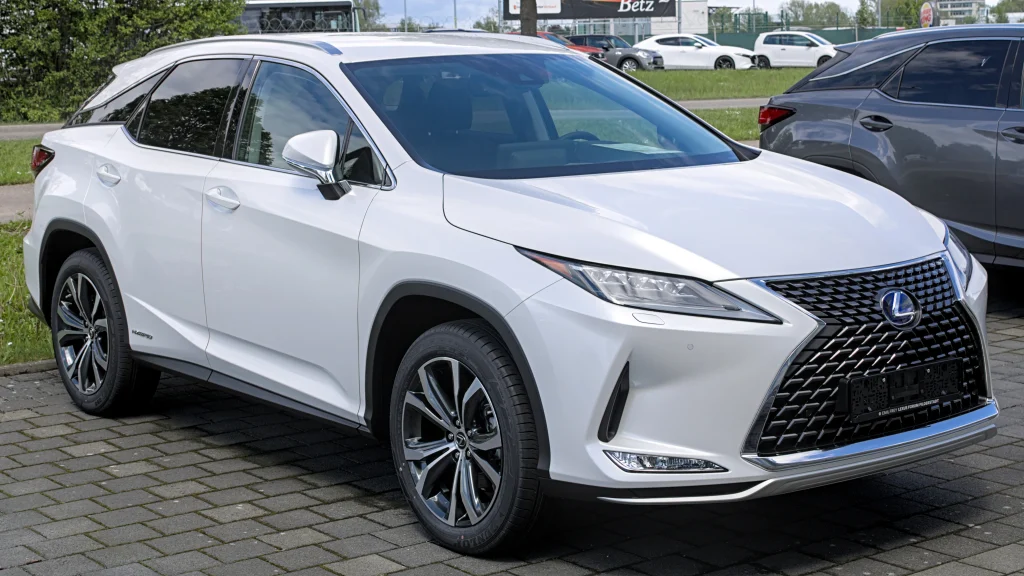
Importing a vehicle into Kenya can feel like navigating a complex maze, but with a clear map, it becomes a manageable journey.
The process begins with the most exciting part: sourcing your desired Lexus.
This typically happens from markets like Japan, the United Kingdom, or even South Africa.
However, you must immediately consider Kenya’s strict importation rules.
The most critical of these is the “8-year rule,” which dictates that a vehicle cannot be more than eight years old from its date of first registration.
This means in 2024, you can only import cars registered in 2017 or later.
Once you’ve found a compliant vehicle and made the purchase, the logistical ballet begins.
The car must undergo a mandatory pre-shipment roadworthiness inspection by a KEBS-appointed agent, like QISJ or JEVIC.
Following this, it’s shipped to the port of Mombasa, a process that can take several weeks.
Upon arrival, the real financial heavy lifting starts: the customs clearance process, which involves a cocktail of duties and taxes before the car can be registered with the NTSA and finally released to you.
It’s a multi-stage process where each step has an associated cost and requires meticulous paperwork.
Cost Factors to Consider When Importing a Lexus
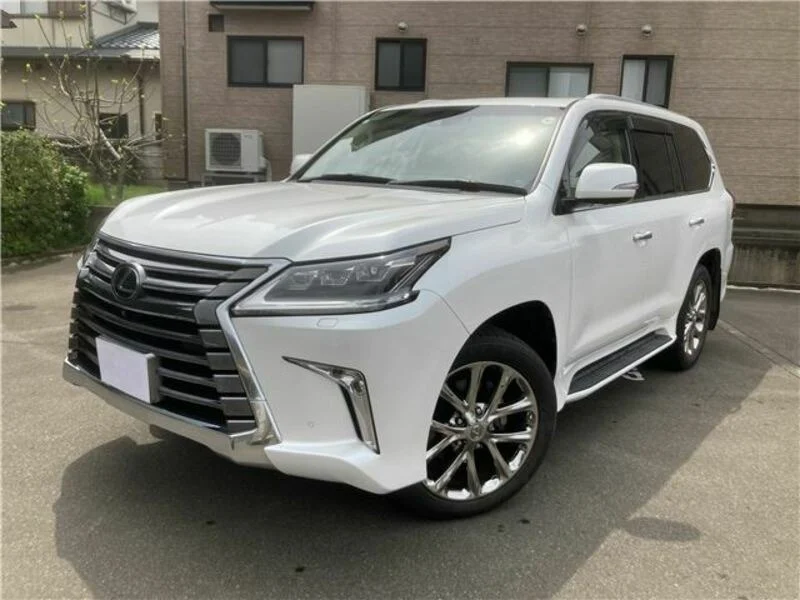
When budgeting for your imported Lexus, thinking beyond the purchase price is non-negotiable.
The initial cost of the car is just one piece of a much larger financial puzzle.
You need to account for a host of other significant expenses that collectively determine the final “landed cost.” These factors include the freight charges to ship the car to Mombasa, the cost of marine insurance to protect your investment during transit, and the clearing agent’s fee for navigating the complex customs process.
The biggest and most often underestimated costs are the government taxes and duties.
This includes Import Duty, Excise Duty, Value Added Tax (VAT), the Import Declaration Fee (IDF), and the Railway Development Levy (RDL).
Each of these is calculated based on the vehicle’s customs value, and they compound on each other.
So, for a premium vehicle, the total tax bill can easily exceed the original price you paid for the car.
Failing to budget for these elements is the most common pitfall for first-time importers and can turn a dream purchase into a financial nightmare.
Understanding these variables is key to accurately estimating the final lexus lx 600 price in kenya.
Breaking Down the Costs: Purchase Price and Beyond
Let’s dive deeper into the very first number in your calculation: the vehicle’s purchase price, often referred to as the FOB (Free on Board) price.
This is the amount you pay the seller in the country of origin.
However, for taxation purposes in Kenya, the Kenya Revenue Authority (KRA) is not concerned with what you actually paid.
Instead, they use their own “Current Retail Selling Price” (CRSP) database for a specific make, model, and year of manufacture.
This standardized value is used to ensure fairness and prevent under-declaration.
The KRA then determines the Customs Value, which is the CIF value of the vehicle: Cost (the CRSP value), Insurance, and Freight (the shipping cost).
This CIF value becomes the foundation upon which all taxes and duties are calculated.
Therefore, a higher-spec, newer Lexus model, like a recent LX 600, will have a very high CRSP, which in turn inflates the CIF value and, consequently, the total tax liability.
This is why two people importing the same model but of different years can end up paying vastly different amounts in taxes.
It’s a cascading effect that starts with that foundational CRSP value.
Shipping and Logistics: Getting Your Lexus to Kenya
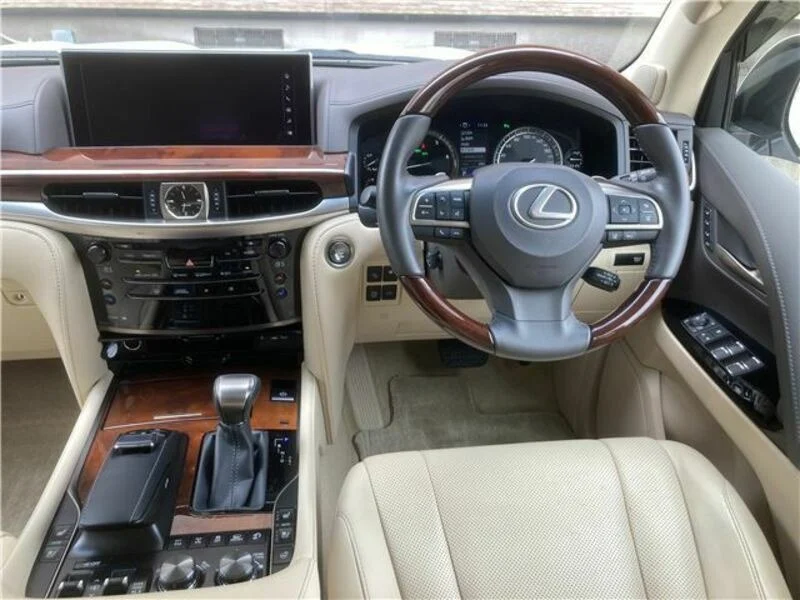
Once you’ve purchased your Lexus, the next tangible step is getting it from its current location to the Port of Mombasa.
This is a critical logistical phase with its own set of costs.
The most common method for shipping cars is Roll-on/Roll-off (RoRo), where the vehicle is driven directly onto a specialized vessel.
This is generally the most cost-effective and popular option.
Alternatively, you can opt for container shipping, where your car is secured inside a 20-foot or 40-foot container.
While more expensive, this method offers added protection from the elements and potential transit damage, which might be a worthwhile consideration for a high-value luxury car.
The shipping cost, or freight, will vary depending on the origin port (Japan is typically more affordable than the UK), the shipping method chosen, and the size of the vehicle.
A large SUV like a Lexus LX will cost more to ship than a smaller sedan like a Lexus IS.
On top of the freight cost, you must purchase marine insurance.
This is absolutely essential; it protects your financial interest in case of loss or damage during the long sea voyage.
Skipping insurance on a six-figure investment is a risk not worth taking.
Clearing Customs: Taxes, Duties, and Other Fees
Welcome to the most complex and expensive part of the importation journey: clearing customs at the port of Mombasa.
This is where the majority of the costs are incurred and where the final price of your Lexus truly takes shape.
The Kenyan government levies several taxes on imported vehicles, which are calculated cumulatively.
First is the Import Duty, which stands at 25% of the vehicle’s CIF value (Cost, Insurance, and Freight).
Next comes the Excise Duty, which varies based on the engine size—for vehicles over 3000cc, like many high-end Lexus models, this can be as high as 35%.
Crucially, this Excise Duty is calculated on the sum of the CIF value plus the Import Duty.
After that, you have the Value Added Tax (VAT), which is 16%.
The VAT is calculated on the sum of the CIF value, the Import Duty, and the Excise Duty.
On top of these three major taxes, there’s a 3.5% Import Declaration Fee (IDF) and a 2% Railway Development Levy (RDL), both calculated on the CIF value.
As you can see, it’s a system of taxes on top of taxes, which is why the final lexus lx 600 price in kenya can be more than double its initial purchase price abroad.
Registration and Compliance: Making Your Lexus Road-Legal
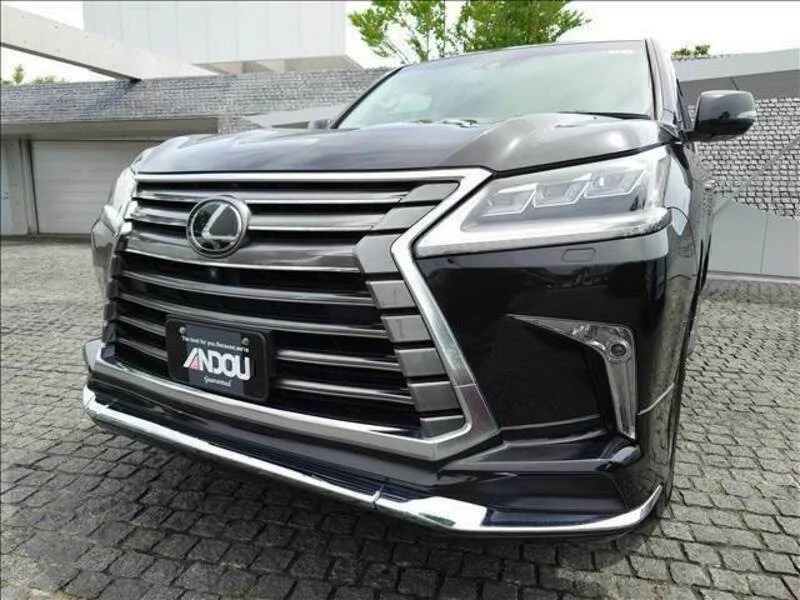
Once your Lexus has been successfully cleared by customs and all taxes have been paid, you’re on the home stretch, but not quite at the finish line.
The vehicle now needs to be officially registered in Kenya to make it road-legal.
This process is managed by the National Transport and Safety Authority (NTSA) and involves its own set of fees.
You will need to pay for the registration itself, which secures your vehicle’s entry into the national database and leads to the issuance of a logbook.
This logbook is the official ownership document for your car in Kenya.
Along with registration, you will be assigned a new number plate, the cost of which is also part of this stage.
Before all this, remember the mandatory pre-shipment inspection from a KEBS-approved body?
That certificate is a prerequisite for the entire customs and registration process.
While its cost is incurred before shipping, its importance is most felt at this stage, as a failed inspection means the car cannot be legally imported or registered.
This final administrative hurdle ensures that your imported luxury vehicle meets all local standards and is officially and legally yours to drive on Kenyan roads.
Other Expenses to Factor into Your Budget
Just when you think you’ve accounted for everything, there are a few more ancillary costs that can add up.
These are the “last mile” expenses that are easy to overlook in your initial budget.
The most significant of these is the clearing agent’s fee.
Unless you plan on navigating the labyrinthine KRA and port systems yourself (which is highly inadvisable), you will need to hire a professional clearing and forwarding agent.
Their fee is a service charge for their expertise and for handling all the paperwork and legwork on your behalf.
Additionally, there are port charges, which are fees levied by the Kenya Ports Authority (KPA) for handling and storing your vehicle until it is cleared.
Once the car is released, you need to consider the cost of transporting it from Mombasa to your hometown, whether it’s Nairobi, Kisumu, or Eldoret.
Finally, after a long sea journey, it’s always wise to budget for a full mechanical inspection, a major service, and potentially a new set of tires to ensure your Lexus is in peak condition for Kenyan roads.
To get a transparent, all-inclusive quote that covers these ‘hidden’ costs, it’s best to partner with a trusted importer like Cars Kenya who can provide a single, clear figure from the start.
Why Choose Cars Kenya for Your Lexus Import?
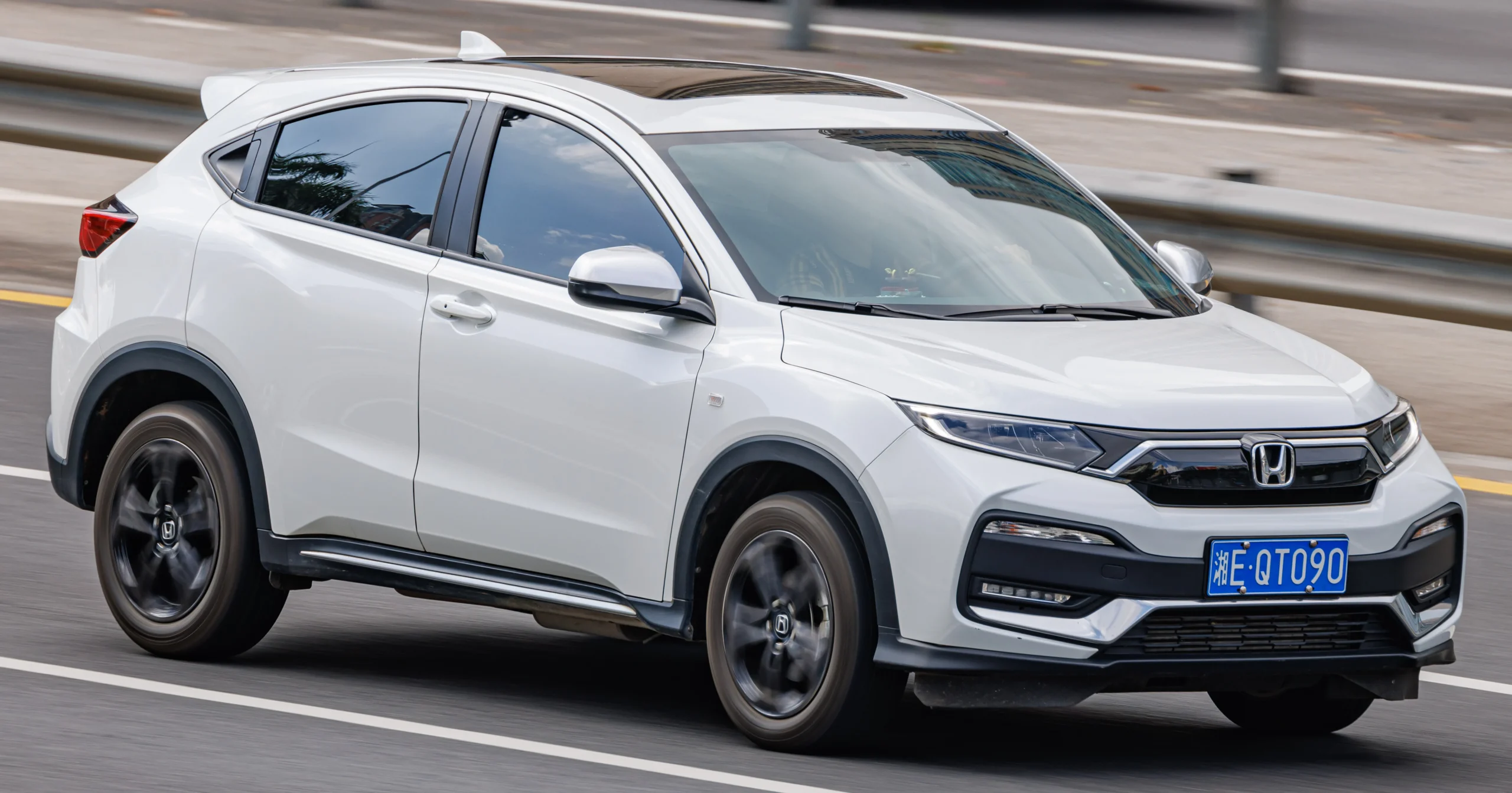
Navigating the intricate process of importing a Lexus to Kenya is fraught with potential pitfalls, from navigating complex tax calculations to dealing with endless paperwork and logistical coordination.
While it’s possible to do it yourself, the risks are high—unexpected costs, lengthy delays, and compliance issues can quickly turn your dream into a frustrating ordeal.
This is where the value of a professional and experienced importation partner like Cars Kenya becomes crystal clear.
We take the guesswork and stress out of the equation.
We provide you with a single, transparent, all-inclusive price that covers every single cost from the source market to your doorstep.
There are no hidden fees or last-minute surprises.
Our experienced team handles the sourcing, inspection, shipping, and the entire customs clearance process with efficiency and professionalism.
When you are trying to determine the final lexus lx 600 price in kenya, you need a partner who can give you a guaranteed landed cost, not just a rough estimate.
Let us leverage our expertise and network to make your Lexus importation experience smooth, predictable, and enjoyable. Contact Cars Kenya today for a no-obligation quote and a seamless importation journey.
Conclusion
So, is importing a Lexus to Kenya worth the considerable cost and effort?
The answer is a resounding yes, provided you go into it with your eyes wide open.
The dream of owning that pristine, high-spec Lexus that isn’t readily available in the local market is absolutely achievable.
However, the key is to understand that the price you see on an international website is just the starting point of a long and expensive journey.
The final landed cost is a complex tapestry woven from the vehicle’s customs value, shipping fees, marine insurance, a cascade of compounding taxes, and various administrative and logistical charges.
Being aware of these elements from the outset is the difference between a successful purchase and a costly mistake.
By meticulously planning your budget and, more importantly, by partnering with a reputable and transparent importer, you can navigate the process with confidence and ensure that the price you agree on is the final price you pay.
Your dream Lexus awaits, and with the right preparation, the reward is well worth the investment.
FAQ
- How is the import duty on a Lexus calculated in Kenya?
The import duty is 25% of the CIF value (Cost, Insurance, Freight).However, other major taxes like Excise Duty and VAT are calculated cumulatively on top of this.For instance, VAT (16%) is calculated on the sum of CIF + Import Duty + Excise Duty, which significantly increases the total tax burden.
-
What is the 8-year rule for car importation in Kenya?
The 8-year rule states that an imported used car cannot be more than eight years old from the date of its first registration.For example, in the year 2024, the oldest vehicle you can import must have been first registered in 2017 or later.Any vehicle older than this is not allowed into the country.
-
Can I import a left-hand drive Lexus to Kenya?
No, under Kenyan law, the importation of left-hand drive (LHD) vehicles is prohibited.All vehicles imported for personal use must be right-hand drive (RHD) to be compliant with Kenyan road standards.The only exceptions are for special-purpose vehicles like ambulances or fire engines, which require specific government approval.
- How long does it take to import a Lexus from Japan to Kenya?
The entire process typically takes between 30 to 45 days.This includes the ocean freight transit time from Japan to Mombasa, which is about 3-4 weeks, plus an additional 7-10 working days for the vehicle to be cleared through customs and registered with the NTSA at the port. -
What makes the lexus lx 600 price in kenya so high when imported?
The high final price is due to a combination of factors.The Lexus LX 600 has a very high initial purchase price (Cost) and a large engine (over 3000cc), which attracts the highest Excise Duty rate (35%).These high base values, combined with the cumulative tax system (Import Duty, Excise Duty, VAT, IDF, RDL), result in a total tax liability that can often exceed the original value of the SUV itself.

